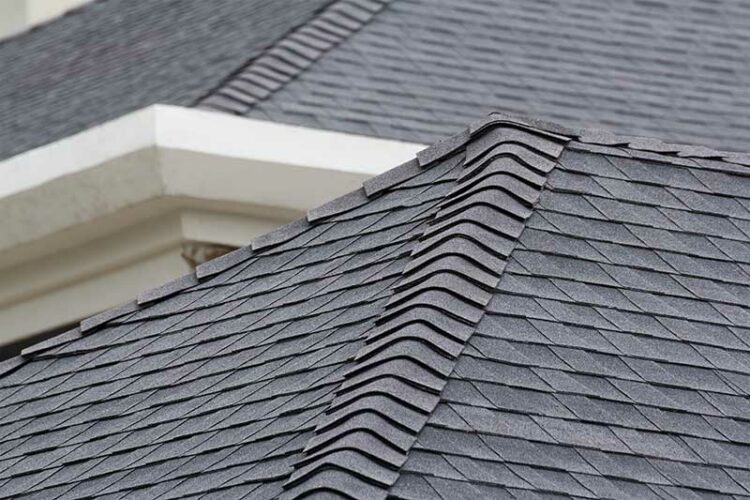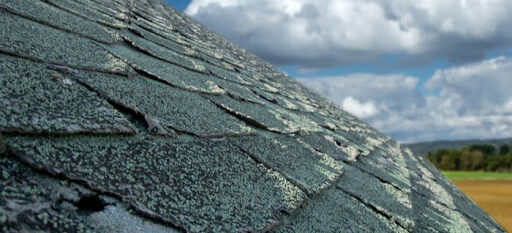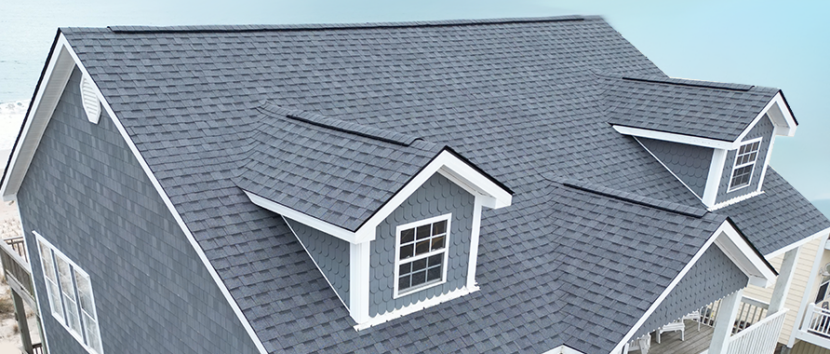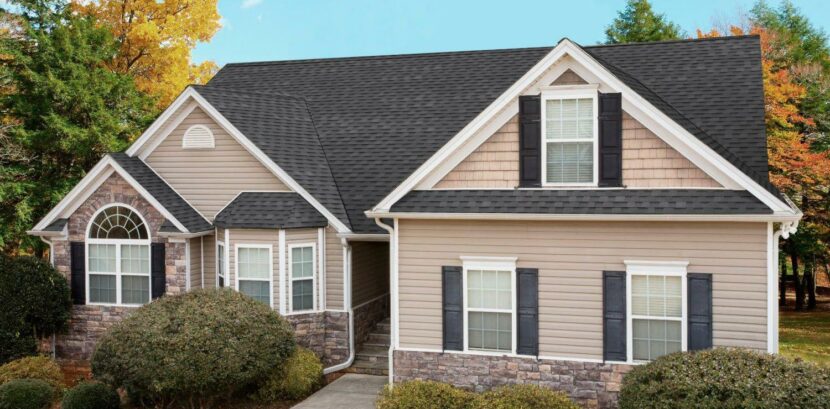Ice Dam Roofing Removal & Prevention
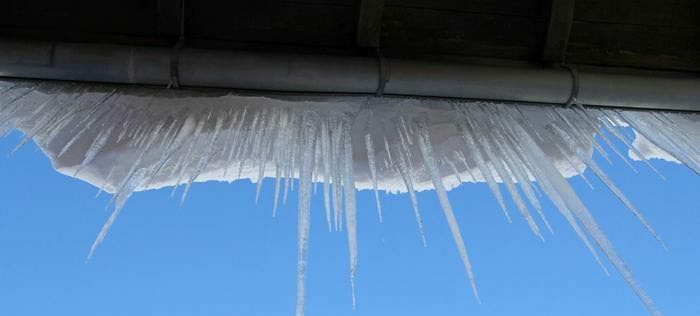
What is an ice dam?
An ice dam is that ridge of ice that forms along the edges of your roof in the winter. They can be a health hazard in some rare instances, but more importantly, they prevent ice from melting and draining off of your roof. In turn, that can cause the structure of your roof to falter from all the weight of the snow.
In this article, we thought we would explain all that you need to know about ice dams on your roof. How they form, why they are a problem, and how to prevent them. Let’s take a look:
Get a Free Estimate Today
50% off installation. Special financing available. See details.
Why do ice dams form?
The most common reasons are poor insulation and lack of good ventilation in the attic. That causes the roof to heat more than it should and the snow to melt. You would think that this is a good thing, but if the snow melts more than it should, then the excess water will easily collect in the drains. That water will quickly freeze again and create the aforementioned ice dam at the edge of your roof.
In addition, icicles will start to form at the end of the dam when it starts to melt in the day and then refreeze at night.
The whole process of ice dam and icicle formation will repeat as long as the temperature is too low and more snow continues to fall.

What problems do ice dams cause?
When the dams form, the water that remains behind collects in a pool, and some of it freezes, keeping the dam from shrinking. A large part of it remains trapped behind the dam, and as the snow keeps melting, it adds to the pool.
Now, that water tends to start going through the shingles of the roof. This causes moisture damage to the roofing, but it also causes water to get inside the attic. It can also seep through the walls, the ceiling, and cause structural damage.
On top of that, the mere existence of ice dams adds unnecessary weight to the roof, which can cause damage as well.
The solution here is not only to get rid of the dam by:
- Removing the snow from the roof.
- Create a channel through the dam so the water behind it will have a place to escape.
- If the day is warm, you can also hose off the water, some of the snow, and the ice from the roof.
Ice dam prevention
There are several things that you can do to keep your attic and roof cold. You can have a professional take a look at your insulation and seal off any leaks that may be present. It’s advisable that you also cover or insulate your attic hatch or fan openings. Likewise, check for any potential heat sources such as heating ducts, vent fans, water-heating equipment, furnace, etc.
You can also check the following:
- Make the ceiling air-tight so warmer air won’t be able to enter the house through the attic.
- Improve the ceiling and roof insulation, so less heat is lost.
- If you’re in the process of building your house, make sure you are following the requirements for roof and ceiling insulation levels. Also, make sure you construct an effective air barrier through the ceiling, so no air from the house enters the attic and then seeps into the roof.
- Block any heat sources that may be causing the higher temperatures in the attic.
Water is one of nature’s most destructive forces, but ice takes that power to an entirely new level. It can uproot trees, split architectural features in two, and brutally damage your gutters. When it’s not seeping through your ceilings, it’s melting into your skylights, attracting rust and rot as it progresses.
To make matters worse, it expands as it freezes, sending fissures through your architecture. Ice dams are potent enough to rip off an entire cutter. Once the sun begins to rise, signs of peeling paint, sagging, and warping will begin to show, so prevention is a core component of your maintenance strategy.
What causes ice dams?
Ice dams usually form at the bottom edge of your roof when the cozy warmth of your interior meets the icy chill of your exterior. Snow melts from your roof, flowing towards your gutters before refreezing into ice dams. As they harden, they expand, pushing against your roofing materials. The sun’s radiant heat can reduce your ambient temperatures, as well, so prevention isn’t as easy as you might think.
Are ice dams always destructive?
Water and architectural integrity make for poor bed partners, but to do its damage, ice needs to melt, pool, and refreeze. Most damage is caused by the melted snow gathered behind the ice dam itself. This leaks into your interior, causing water stains and dripping that ultimately destroys your décor.
Ice dams melt at temperatures of 32 degrees. If the results find their way beyond your gutters, icicles can form that could damage more than just your home. They could injure your family as well. If you catch an ice dam early enough, you can remove it before it melts. Even so, ice expansion causes its own damage long before melted water has a chance to penetrate your home, so ice dam removal is a poor solution.
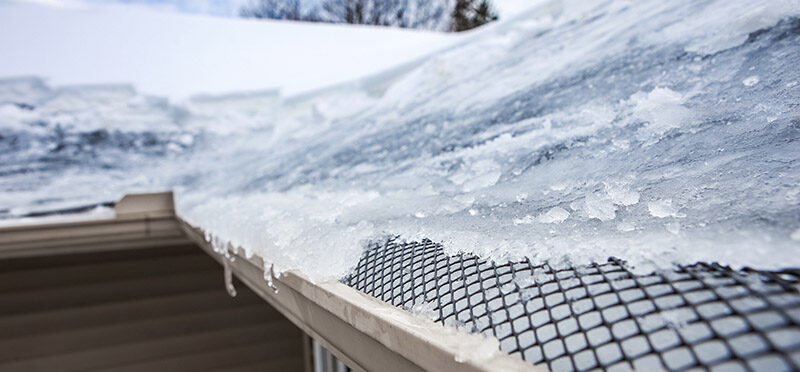
How do I prevent ice dams on my roof?
Some homeowners hack at their ice dams to eliminate ice melt, but this can destroy your delicate roofing. In time, that can worsen your ice dam problem, so as always, ice dam prevention is better than cure. The best preventative strategies address causal factors. Ice dams are triggered by escaping heat emanating from:
- Poorly ventilated eaves and ridges
- Uncapped attic hatches
- Ineffective insulation in your roof and siding
- Chimneys that lack flashing
- Unsealed ducts
- Unsealed recessed lights
- Unsealed cables
- Untreated plumbing vents
- Trapped water leaks.
Attics and ventilation
You need to correct all nine of those thermal exits. Attics are one of your most powerful nemeses in that struggle. While cooling down your attic can help, that won’t do much for your HVAC’s efficiency. It’s best to close up your attic’s bypasses by sealing cracks, drywall gaps, and pipes. Your insulation is, of course, an important ally. Foam and caulk can plug air leaks effectively.
You should aim for an R-value of about 40. Blown-in cellulose is one of the best options here, and ventilation will support its effects by drawing chilly air outdoors and flushing out hot indoor air. You’ll need a square foot of ventilation for every 300 square feet of your ceiling.
No matter how thoroughly you handle this part of the challenge, the sun’s radiant heat might work against you, so you should also add water barriers.
Ice dams are one of the most preventable problems in your home. Adjusting to them has several positive consequences, reducing your HVAC bills, improving your R-value, and preventing infestations to boot. Your ice dam strategy will soon pay for itself in the form of power savings. Now that’s value.
The bottom line
All in all, this should be everything you need to know about how ice dams form and how to prevent them. If you require more help, feel free to get in touch with 1-800-HANSONS, as we specialize in roofing replacement, installment, and ventilation.

